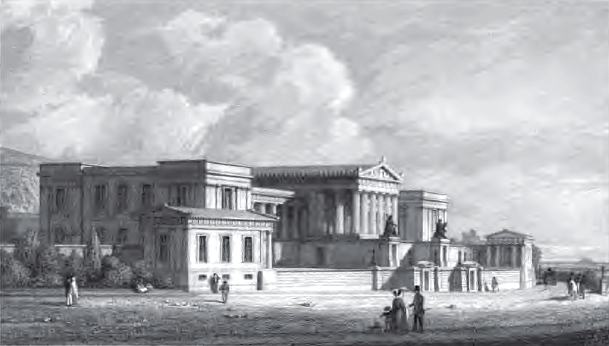
Speaking with the Edinburgh Bibliographical Society
This blog post was originally published on the Edinburgh Bibliographical Society website and can be read here. My talk was part of the Society's 2016-2017 programme.
Choosing a topic for my recent talk at the Edinburgh Bibliographical Society was a relatively easy one. Not only is the Royal High School of Edinburgh well-known as one of Edinburgh’s historical institutions, it is also, for me, one of the most rewarding aspects of my PhD thesis which focuses on ‘Young Scottish Readers in the Long Eighteenth Century’.
I first stumbled upon the library records for the Royal High School during research for my Masters dissertation and was astounded by the wealth of material which lay, relatively untapped, in the basement of the City Council buildings. The school archives contain in-depth library records from the eighteenth century onwards, which include library catalogues, records of acquisitions, and borrowers’ records. These can give us an insight, not only into, what eighteenth- and nineteenth-century schoolmasters wanted their charges to read but also the actual books which found their way into the hands of boys at the time. These records formed a large part of my Masters project on Reading and Education in Edinburghand have now found their way into my PhD thesis as a case study.
In my thesis, I compare the evidence of childhood reading and education at the Royal High School to the reading habits of young people at the University of St Andrews and the Library of Innerpeffray in Perthshire. I also look at the role of schools and curricula in childhood reading practices; and the representation of idealized and fictionalized reading and educational experiences in the novels and conduct literature of the period, 1750-1850.
For my talk at the Edinburgh Bibliographical Society, I chose to focus on the acquisition records for the late eighteenth and early nineteenth centuries. These records of books purchased by teachers reveal the shifting priorities of the school. It is interesting to see how these matched up to the changing curriculum and the development in what was deemed a suitable education for the young gentlemen of eighteenth- and nineteenth-century Edinburgh. I also looked at some examples from the borrowers’ records which reveal the changing reading practices of the schoolboys across this period, from a focus on Latin and history books, to novels and poetry at the beginning of the nineteenth century and eventually to children’s literature by the middle of the nineteenth century, something made more readily available by the introduction of a separate ‘Juvenile Library’ for year one and two pupils in 1848.
I want to thank the society for inviting me to speak about my PhD work and making me feel so welcome. It was a really enjoyable experience and I particularly enjoyed the engaged, and challenging, question and answer session from members at the end.